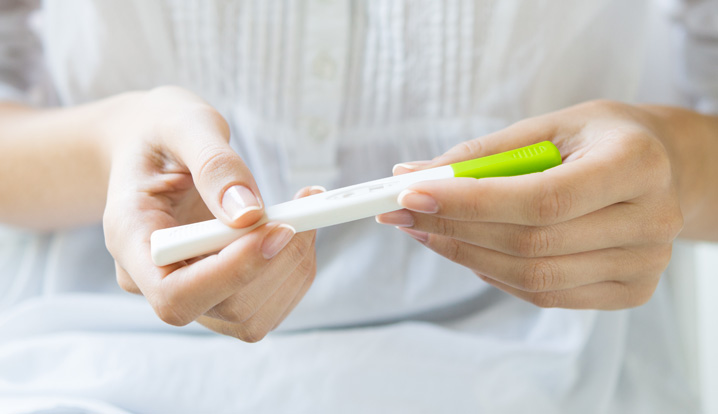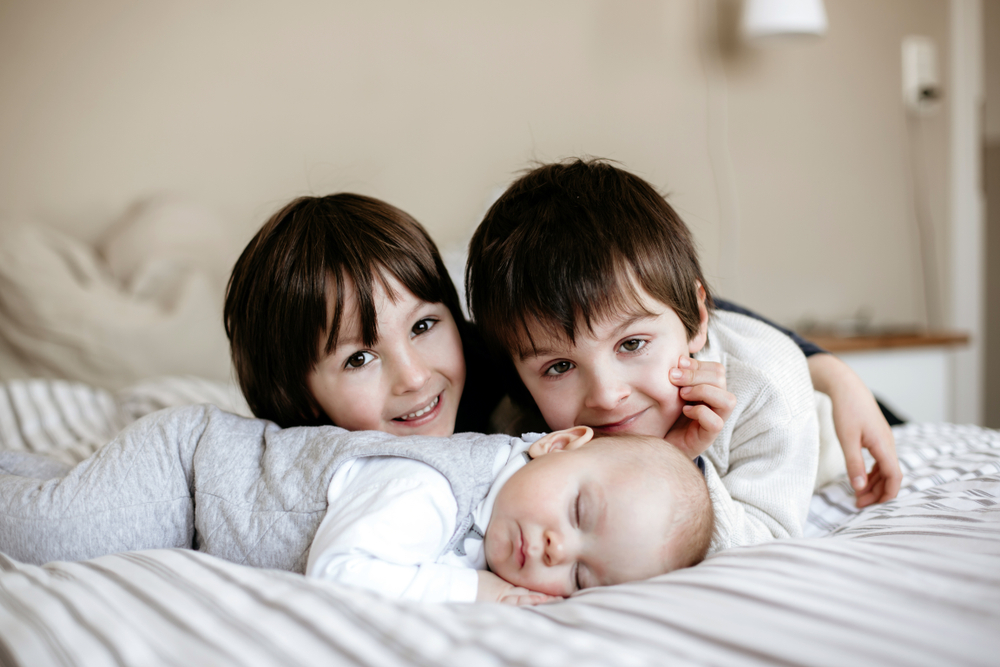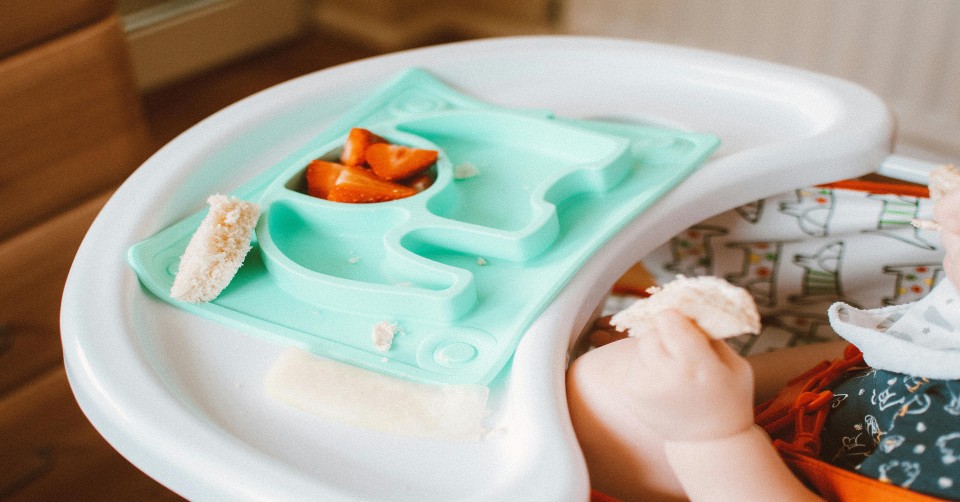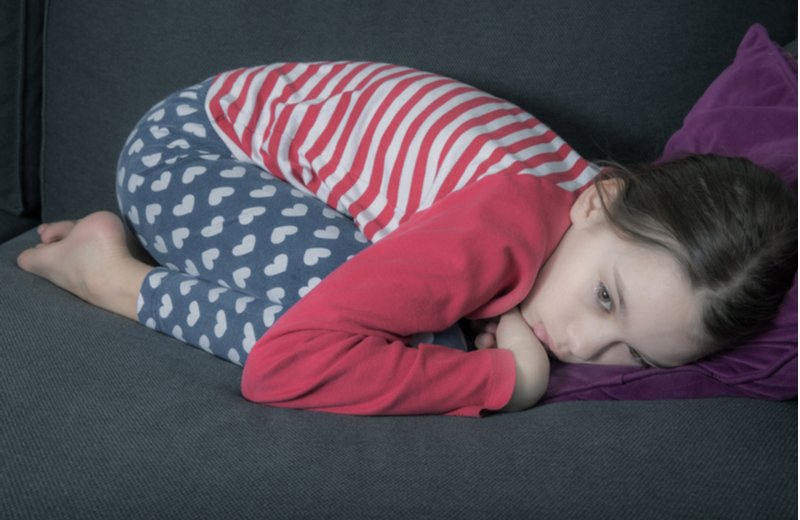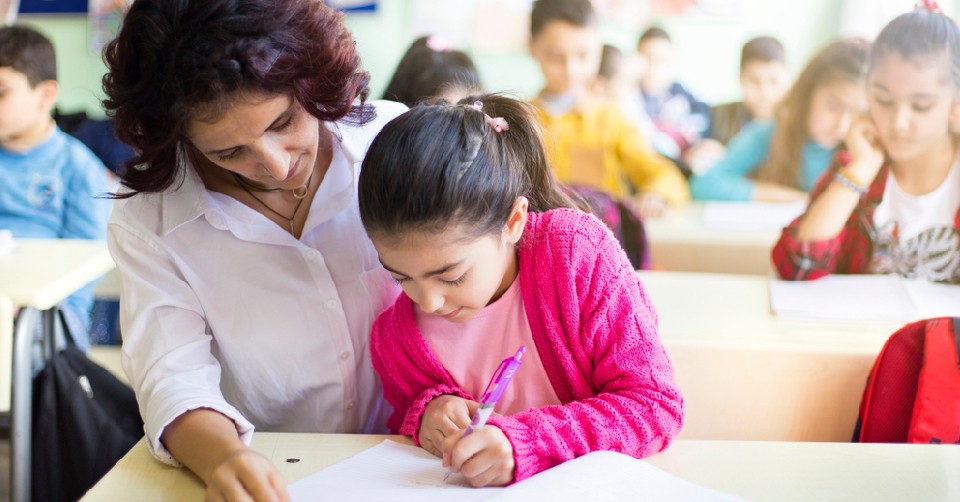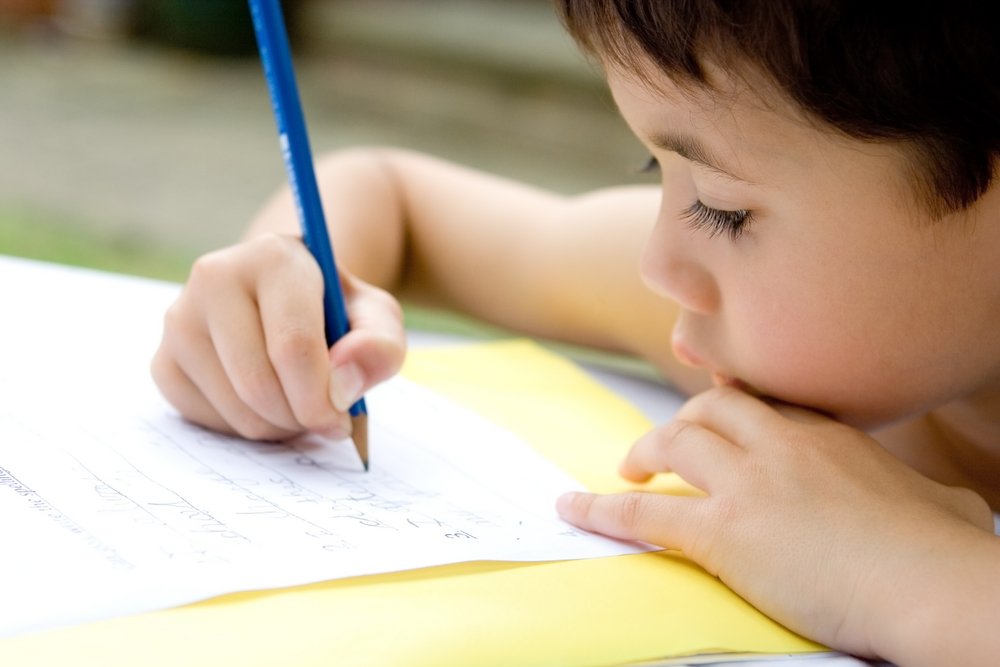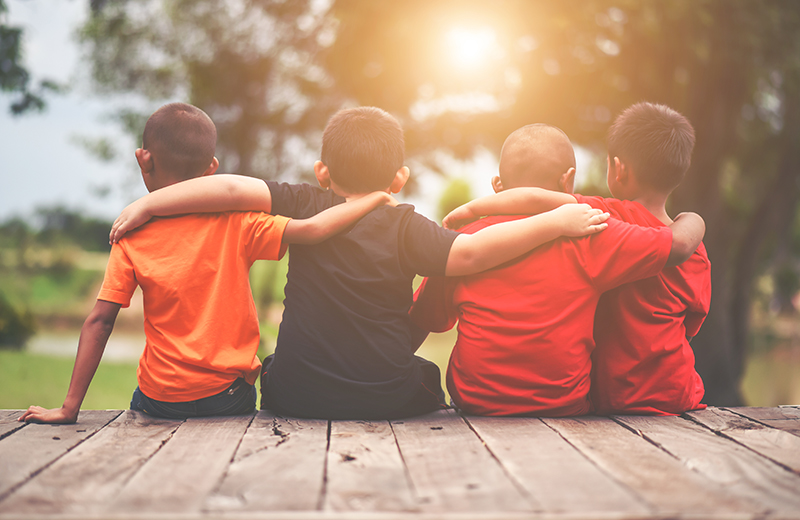Toddlers 24-36 Months
Building a secure and healthy relationship with our children

Attachment refers to the “process in which a child’s central nervous system organizes physically, emotionally, and cognitively around interactions with a specific caregiver” (Crenshaw & Stewart, 2015, p.115).
A secure attachment means that a child exhibits a secure pattern with the caregiver. This means that the child exhibits little anxiety in relationship to the parent. The child is able to move away from the parent, explore the physical and social environment around them, and then shift back to the parent when they feel tired, overwhelmed or distressed for soothing and regulation (Crenshaw & Stewart, 2015).
So, How an attachment can be secure and safe?
This makes us wonder; what are the ingredients for a secure attachment with our children?
-
Caregiver attunement or sensitivity
is the primary ingredient for the development of secure attachment patterns in childhood. -
Reflective functioning
is another essential variable when it comes to the caregiving process. This is where the parents are able to accurately reflect their child’s behavior and emotions throughout the day. -
Coregulation of the child’s experience
where the caregiver is able to maintain engagement with the child through variations in their voice, body language and facial expressions.
This way, the caregiver provokes behavior from the infant and adds stimulation when needed. An example worth mentioning is when the child starts crying. The interaction might look something like this. “Hello there pumpkin, mommy is coming to get you. She’s going to give you your bottle. What do you think of that? (The child starts to calm down). Come on, let me see that smile, and she gets closer to the child. (the child starts to smile) and so on.
In this scenario it was evident that “an infants is born without the ability to independently modulate overly high or low arousal states“(Crenshaw & Stewart, 2015, p.20).
Therefore, and from an evolutionary perspective, “crying is an attachment behavior and usually functions to draw the parent’s attention to intervene and help” (Crenshaw & Stewart, 2015, p.118).
When the infant was upset and unable to sooth him or herself, the caregiver provided a soothing voice, a swaying motion, held the child close and gave them food, which automatically made them feel better.
After many experiences like this, the child begins developing patterns of soothing that will be activated in times of distress. If this cycle happens every time, the child will know and trust that at any time of discomfort, the caregiver will be available to give them food or comfort in time.
This pattern allows the child to modulate emotional arousal as he or she grows, during times where the caregiver is not available immediately. They will have more ability for self-regulation and self-control, and we will notice that in preschool and school age years, children will no longer get upset as much as they used to, and if they do it will be less intense and they will resolve more quickly.
But, when this attachement become insecure?
However, what does it mean if a school age child still gets upset frequently, and can’t control their emotions? “In contrast to children with the secure pattern, those with the anxious avoidant pattern have trouble connecting with their parents directly for help in times of mild to moderate stress.
Instead, when they are in need of help in regulating their emotions, they tend to stay to themselves, behave as if they don’t need help, and actively reject their parents’ or therapist’s help, or distract themselves” (Crenshaw & Stewart, 2015, p.119).
A real-life example of this would be when a child gets in trouble in school, they feel angry, scared, embarrassed, and upset. When they get home, they decide to go to their room and avoid communicating with the parents about it, instead of asking for and getting much needed comfort and soothing.
This anxious avoidant child acts almost the same way in the playroom, if they are receiving play therapy. They seem to shut down, sit on the sofa, fiddle with toys and don’t make use of the therapist. They might also communicate to the therapist that they don’t want to say anything to them today and only want to play (Crenshaw &Stewart, 2015).
This is very common in children “who have suffered attachment trauma such as sexual abuse, neglect, exposure to caregiver substance abuse and abandonment during their critical years of development (Crenshaw & Stewart, 2015, p.17).
Children usually use thematic play during therapy in order to express about and reflect their life experiences. Some examples of this include family themes such as nurturing, separation, and reunion. Also, safety themes such as rescue and danger. And finally aggressive themes such as good guy- bad guy, death play, and aggressor-victim (Crenshaw & Stewart, 2015).
Caregiving Security
Therefore, in order to avoid having an anxious avoidant child, the caregiver must typically be
-
Accurate in their observations of their children
-
are able to make developmentally coherent interpretations about their children’s internal states and affect
-
draw accurate conclusions about what their child needs
-
then generate a caregiving response that meets the need and helps their children in a sensitive and flexible emotional environment (Crenshaw & Stewart, 2015, p.118).


